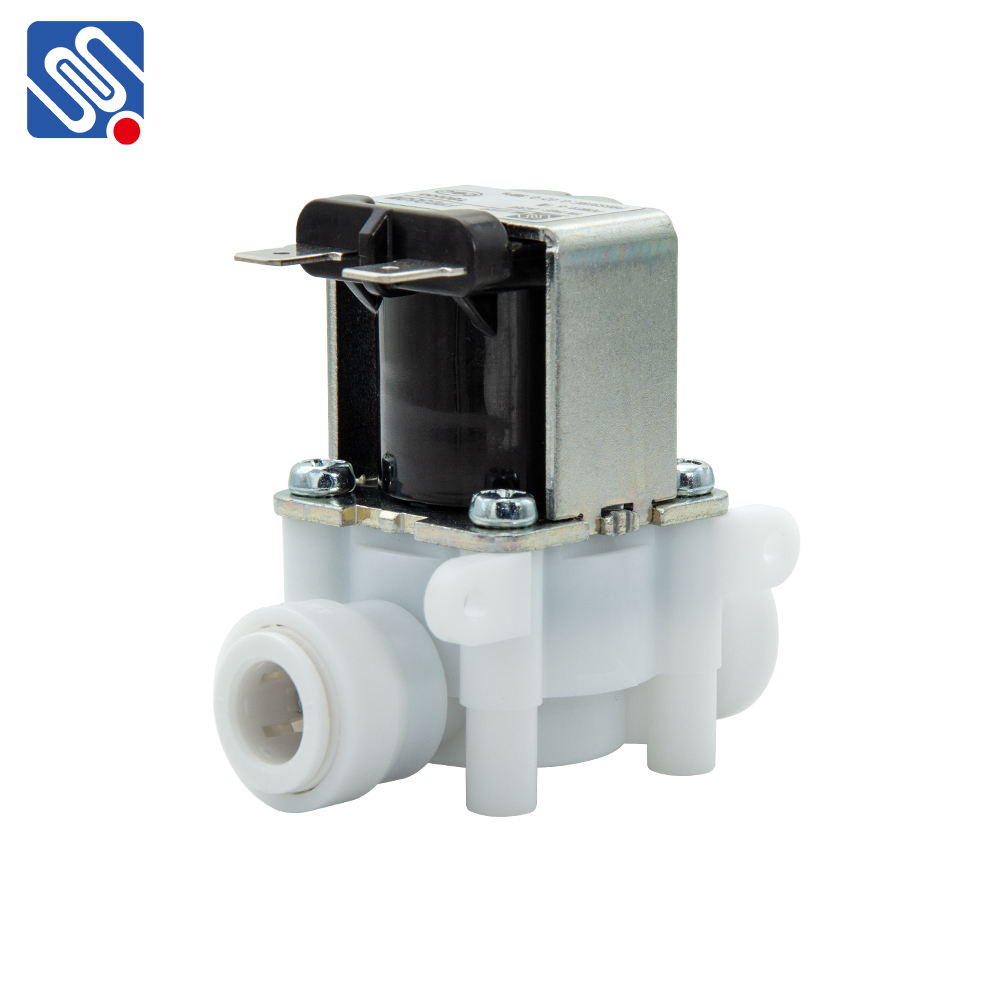A Plastic Solenoid Valve is an electromechanical device that controls the flow of liquids or gases through a pipeline or system. By utilizing a magnetic field generated by an electric current, the valve opens or closes to regulate fluid movement. The primary distinction of plastic solenoid valves from their metal counterparts lies in their construction material—plastics such as polypropylene (PP), polyvinyl chloride (PVC), and polycarbonate (PC) are used, which provides several distinct advantages for certain applications. This article delves into the features, advantages, and considerations when choosing a plastic solenoid valve for various industries.

What is a Plastic Solenoid Valve? A solenoid valve consists of a coil, a movable plunger or valve stem, and a spring. When an electric current passes through the coil, it generates a magnetic field, pulling the plunger and changing the position of the valve. This mechanism either opens or closes the flow path of a fluid or gas, depending on the specific design of the valve. In plastic solenoid valves, the body, valve components, and sometimes even the coil housing are made from durable plastic materials. Key Features of Plastic Solenoid Valves Materials Used: Plastic solenoid valves are typically manufactured from materials like polypropylene (PP), polyvinyl chloride (PVC), and polycarbonate (PC). These materials are chosen for their resistance to corrosion, lightweight nature, and ability to withstand harsh chemical environments.
Leave a Reply